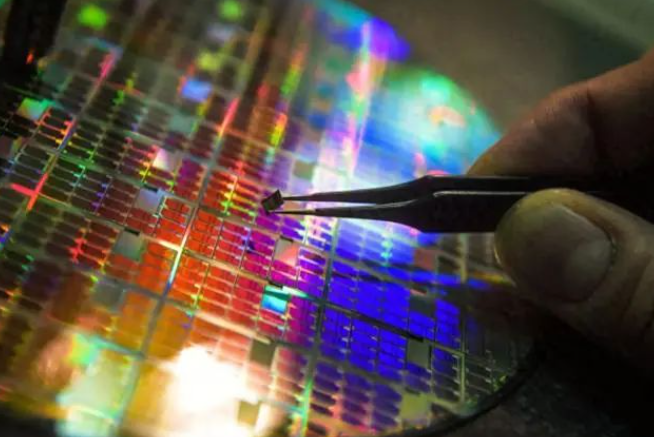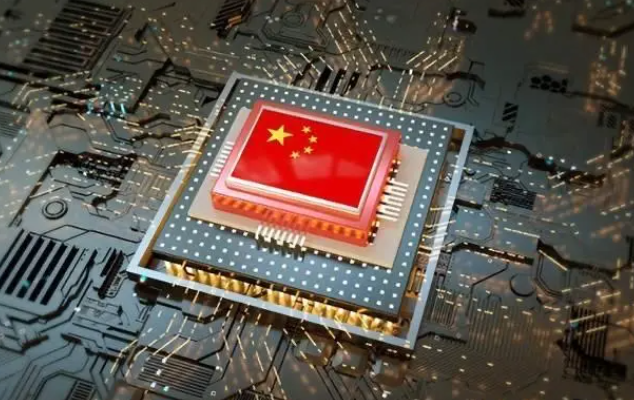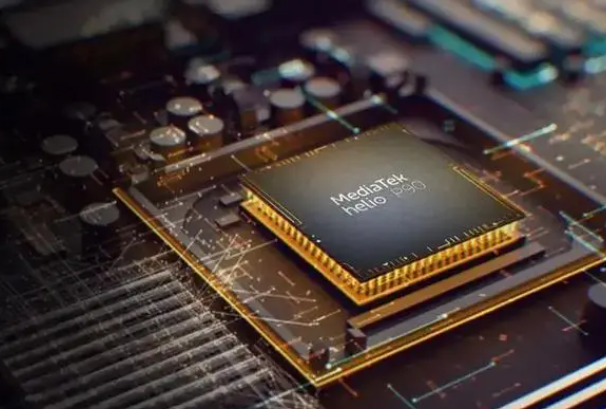Source: official account: Softbond
In the long river of development in the semiconductor industry, every technological leap is accompanied by subtle changes in the global industrial landscape. On May 10, 2024, the Semiconductor Industry Association (SIA) and Boston Consulting Group (BCG) jointly released a report that once again focused the spotlight on the future prospects of global chip manufacturing, particularly providing a forward-looking outlook for the development trajectory of China's semiconductor industry. This report not only reveals the current situation and challenges of China's semiconductor manufacturing industry, but also draws a clear blueprint for the future distribution of the global chip supply chain.

The report points out that although Chinese semiconductor manufacturers have made significant progress in the past few years, achieving large-scale production of advanced process chips with 7nm and below will still be a challenging path in the near future. It is predicted that by 2032, China's production share of chips below 10 nanometers worldwide will only reach 28%, and advanced processes (7 nanometers and below) are expected to account for only 2% of the global total. This data comparison shows that China's breakthrough in high-end chip manufacturing still needs time.

In contrast, although the United States currently lacks local production capacity for chips below 10 nanometers, its strategic layout appears more flexible. Taking advantage of the establishment of leading wafer foundries TSMC and Samsung in the United States, the country's chip production capacity is expected to achieve an astonishing 203% growth in the next decade, with its global production capacity accounting for 14% by 2032. This undoubtedly injects new vitality into the role of the United States in the global semiconductor industry chain, while also reflecting its strategic intention to maintain a leading position in the high-tech field.
The remarks of SIA President and CEO John Neuver provide us with another perspective for observation. He mentioned that China's investment in the semiconductor industry seems to be more focused on so-called 'traditional chips', which are mature process chips ranging from 10 to 28 nanometers and above. The report elaborates on this trend and predicts that by 2032, China's share of production of chips ranging from 10 to 22 nanometers will jump from 6% to 19%, while its share of chip production above 28 nanometers will increase significantly from 33% in 2022 to 37%. This data indicates that China is gradually expanding its influence in the global semiconductor supply chain by deeply cultivating mature process markets.

For the Chinese semiconductor industry, this development trend is both a warning and an opportunity. The warning is that in order to maintain competitiveness in the global semiconductor technology competition, it is necessary to accelerate the tackling of advanced process technology difficulties and reduce external dependence; The opportunity lies in the fact that by deepening their layout in mature process areas, Chinese manufacturers can establish a solid industrial foundation in specific niche markets, laying a material and experiential foundation for subsequent technological breakthroughs.

Faced with such industry reports, it is undoubtedly a strong signal for excellent domestic semiconductor companies such as Huawei. They need to work together under the dual drive of independent research and development and international cooperation, increase R&D investment, optimize industrial chain layout, and enhance core competitiveness. Especially in key areas such as chip design, materials science, and equipment manufacturing, it is necessary to achieve technological breakthroughs, break international blockades, and occupy a more important position on the international semiconductor stage.
In the long run, the development path of China's semiconductor industry should not only focus on short-term market share, but also pay attention to long-term technological accumulation and industrial upgrading. Through multiple measures such as policy guidance, deep integration of industry, academia, research and application, and introduction of international talents, we will gradually build a complete independent and controllable semiconductor industry chain, achieve the transformation from a "chip power" to a "chip powerhouse", and provide solid support for scientific and technological innovation in China and even the world. Although this road is long and difficult, as demonstrated by companies such as Huawei's resilience and innovative spirit, the future of China's semiconductor industry is still full of hope and possibility.
*Disclaimer: The content of the article is the author's personal opinion. Reproduction on the website is only intended to convey a different viewpoint and does not represent the company's endorsement or support of that viewpoint. If you have any objections, please feel free to contact us.